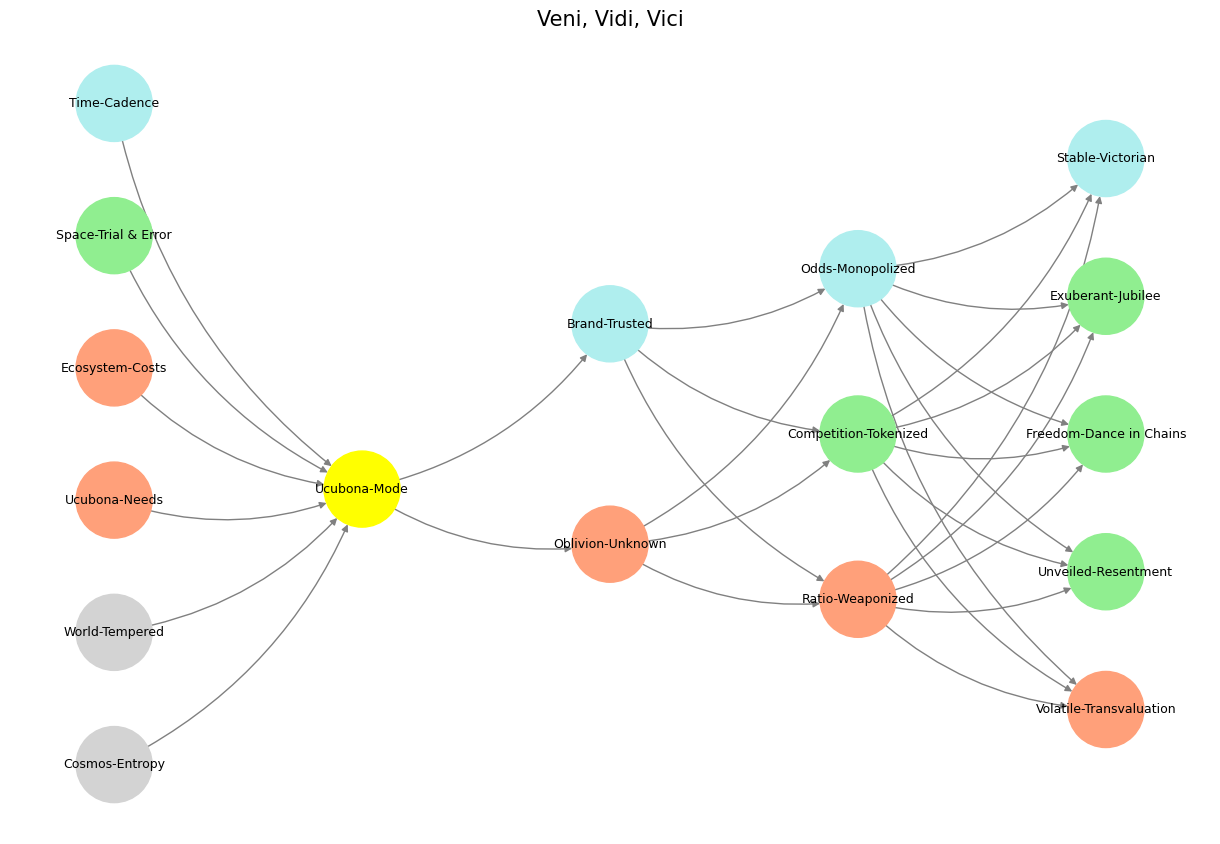Traditional#
Our reflection on the phrase “Dhayawukana emibala”—hich translates to “they separated into several colors”beautifully encapsulates the phenomenon of dispersion, here a unified entity divides into a spectrum of distinct elements his mirrors the natural diversity observed among individuals originating from the same source, such as siblings who, though sharing the same lineage, exhibit unique characteristics
To speak to someone with entire freedom
– Somerset
The metaphor of drums crafted from the same tree, each producing its own distinct timbre, poignantly illustrates this concept he term “timbre” refers to the quality or color of a musical sound that distinguishes different types of sound production, such as voices or musical instruments nterestingly, “timbre” and “timber” share etymological roots, with “timber” referring to wood prepared for building or carpentry, and “timbre” denoting the character of a sound his connection underscores the poetic resonance in your analogy, as the wood (timber) of the tree gives rise to drums, each with its unique sound (timbre)
Historically, the dispersion of light into its constituent colors was first systematically studied by Sir Isaac Newton in the 17th century hrough his experiments with prisms, Newton demonstrated that white light could be separated into a spectrum of colors, a process he detailed extensively in his work “Opticks” his discovery not only advanced the field of optics but also provided a profound analogy for understanding how a single source can give rise to a multitude of diverse expressions

Fig. 32 Akia Kurasawa: Why Can’t People Be Happy Together? Or Why Can’t They Be The Same? Enter Opticks. This was a fork in the road for human civilization. Our dear planet earth now becomes just but an optional resource on which we jostle for resources. By expanding to Mars, the jostle reduces for perhaps a couple of centuries of millenia. There need to be things that inspire you. Things that make you glad to wake up in the morning and say “I’m looking forward to the future.” And until then, we have gym and coffee – or perhaps gin & juice. We are going to have a golden age. One of the American values that I love is optimism. We are going to make the future good.#
In essence, the phrase “Dhatemwa kulala, Dhayawukana emibala” encapsulates the universal theme of unity and diversity t reflects the idea that from a singular origin, a rich tapestry of unique variations can emerge, each contributing to the beauty and complexity of the whole
Show code cell source
import numpy as np
import matplotlib.pyplot as plt
import networkx as nx
# Define the neural network fractal
def define_layers():
return {
'World': ['Cosmos-Entropy', 'World-Tempered', 'Ucubona-Needs', 'Ecosystem-Costs', 'Space-Trial & Error', 'Time-Cadence', ], # Veni; 95/5
'Mode': ['Ucubona-Mode'], # Vidi; 80/20
'Agent': ['Oblivion-Unknown', 'Brand-Trusted'], # Vici; Veni; 51/49
'Space': ['Ratio-Weaponized', 'Competition-Tokenized', 'Odds-Monopolized'], # Vidi; 20/80
'Time': ['Volatile-Transvaluation', 'Unveiled-Resentment', 'Freedom-Dance in Chains', 'Exuberant-Jubilee', 'Stable-Victorian'] # Vici; 5/95
}
# Assign colors to nodes
def assign_colors():
color_map = {
'yellow': ['Ucubona-Mode'],
'paleturquoise': ['Time-Cadence', 'Brand-Trusted', 'Odds-Monopolized', 'Stable-Victorian'],
'lightgreen': ['Space-Trial & Error', 'Competition-Tokenized', 'Exuberant-Jubilee', 'Freedom-Dance in Chains', 'Unveiled-Resentment'],
'lightsalmon': [
'Ucubona-Needs', 'Ecosystem-Costs', 'Oblivion-Unknown',
'Ratio-Weaponized', 'Volatile-Transvaluation'
],
}
return {node: color for color, nodes in color_map.items() for node in nodes}
# Calculate positions for nodes
def calculate_positions(layer, x_offset):
y_positions = np.linspace(-len(layer) / 2, len(layer) / 2, len(layer))
return [(x_offset, y) for y in y_positions]
# Create and visualize the neural network graph
def visualize_nn():
layers = define_layers()
colors = assign_colors()
G = nx.DiGraph()
pos = {}
node_colors = []
# Add nodes and assign positions
for i, (layer_name, nodes) in enumerate(layers.items()):
positions = calculate_positions(nodes, x_offset=i * 2)
for node, position in zip(nodes, positions):
G.add_node(node, layer=layer_name)
pos[node] = position
node_colors.append(colors.get(node, 'lightgray'))
# Add edges (automated for consecutive layers)
layer_names = list(layers.keys())
for i in range(len(layer_names) - 1):
source_layer, target_layer = layer_names[i], layer_names[i + 1]
for source in layers[source_layer]:
for target in layers[target_layer]:
G.add_edge(source, target)
# Draw the graph
plt.figure(figsize=(12, 8))
nx.draw(
G, pos, with_labels=True, node_color=node_colors, edge_color='gray',
node_size=3000, font_size=9, connectionstyle="arc3,rad=0.2"
)
plt.title("Veni, Vidi, Vici", fontsize=15)
plt.show()
# Run the visualization
visualize_nn()


Fig. 33 Hope. By Pope Francis with Carlo Musso. Translated by Richard Dixon. Random House; 320 pages; $32. Viking; £25 His Holiness Pope Francis—the 266th bishop of Rome, supreme pontiff of the Universal Church, sovereign of the Vatican City State—is a man with fancy titles, a simple soul and simpler prose. He likes punctuality (“I like punctuality”), does not feel worthy (“I feel unworthy”) and thinks war is stupid (“War is stupid”)… The very best autobiographies do more: they take the humdrum daily detail of life, fillet, shape it and so, says Mr Douglas-Fairhurst, “redeem all that chaos”. The pope’s biography does not do this. It gives the reader a mass of detail: trousers, pizza, his parents’ first address. But it does nothing with this. As a result, this biography of a pope offers, ironically, no redemption—and precious little sense of the man himself. The devil, as always, is in the details. The pope, alas, is not.#

